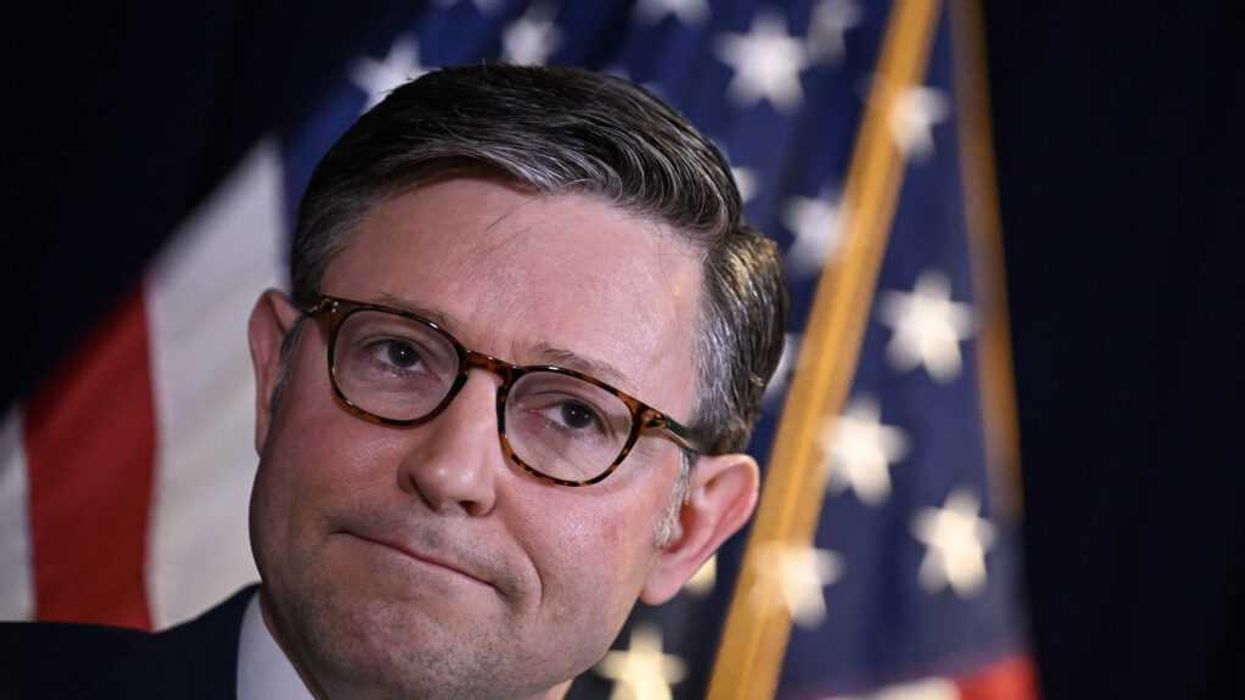The Hub, a newsletter published by Independent Voting, interviewed the organization’s president, Jackie Salit, following No Labels' decision to end its 2024 presidential campaign.
The Hub: A year ago, No Labels announced a plan to create independent lines on the 2024 presidential ballot in all 50 states for a yet-to-be-named unity ticket. This was billed as an “insurance policy” in the event both major parties nominated presidential candidates that most Americans didn't want. The announcement, coupled with polling and predictions of a path to victory with 270 electoral college votes, immediately met with backlash inside the Beltway, especially in Democratic Party and anti-Trump Republican circles. Meanwhile, the search for a presidential ticket foundered. No unity candidates of stature would sign on to run. Then, on April 4, No Labels announced it would not run a ticket in the 2024 presidential election. Many in our network have been asking about this. Jackie, your thoughts about what happened and why they abandoned their plan.
Salit: I'm going to give you my best answer, but I’m not an insider at No Labels. I can only share what it looks like to me from the outside. But maybe that’s useful since the No Labels drama rests on a plot line where political insiders decided to go “outside,” and then suddenly there was a giant target on their back.
The Hub: Sounds like quite a drama
Salit: Drama, indeed. So, there are a few levels here. There’s the public presentation of what the No Labels objective was. And then there's a subtext. As you know, I'm a playwright and a would-be novelist. Subtext is something you pay a lot of attention to. At least on the stage and on the page.
I'll start with the text. No Labels was launched in 2010 to stand up a bipartisan governing coalition. This Problem Solvers Caucus in Congress would draw ideas and solutions and compromises from across the spectrum without regard to party. Then, coming into the 2024 presidential cycle, a circle of No Labels leaders and donors saw that the two legacy major parties were likely to nominate Trump and Biden, a re-match that most Americans did not want. So, they set out to offer an alternative, a Unity ticket, a sensible Republican, and a sensible Democrat, that could run up the center of American politics and win the election. They were not running to build a new party, or any kind of new institution, they just wanted to fix the old ones, a kind of shock-therapy for the two parties. They raised a lot of money, in cash and in pledges, and began executing the plan, acquiring ballot lines on which they could place this imagined, if not imaginary ( as it turned out), ticket on the ballot. So that's the text.
The subtext is more nuanced. Here's the subtext. Trump, under no circumstances. Biden, maybe, but only if he turns away from the left wing of the Democratic Party. Put another (subtextual) way, We don’t want Trump, he’s too crazy and even dangerous, but we’re worried about the left-wing of the Democratic Party. From Bernie, to Warren, to AOC, etc. They’re socialists, but they’re popular and they hold a lot of sway at the base of the party. So maybe, the No Labels crowd says to each other, we can wave the independent flag and scare Biden into backing away from the Left and pressure the Left into standing down from making any demands on Biden. After all, Trump is the devil incarnate, and nobody wants to see the devil in the White House.
Under normal circumstances, that subtextual strategy could be effective in achieving No Labels’ centrist objective. It’s an old playbook, after all. Watch the new Netflix movie about Shirley Chisholm’s run for the Democratic presidential nomination in 1972. She was muscled into releasing her convention delegates to line up behind the party’s pick – Senator George McGovern – on the grounds that Richard Nixon was the “devil incarnate.” Or recall how Jesse Jackson’s threat of an independent bolt from the San Francisco Democratic convention in 1984 had to be quashed on the grounds that Ronald Reagan was the “Devil incarnate” and everyone had to line up behind Walter Mondale. Footnote, lest we forget: Nixon crushed McGovern and Reagan beat Mondale handily.
The catch now is that these aren’t normal times. The “Devil incarnate,” aka Donald Trump has the Republican Party by the throat. Meanwhile, the Democratic Party is hemorrhaging voters of color, young voters, and white working-class voters. Independent voters broke for Trump by a small margin in 2016 and then for Biden by a huge margin, 13 points nationally, in 2020. In this cycle so far, independents are split, and many independents are disillusioned with Biden. They gave him the presidency in 2020, but they’re not sure they want to do that again. Given how close the election is likely to be, Biden can’t afford to turn his back on the party’s progressive wing, he’s got to have those leaders on board the re-election campaign to defeat Trump. And we know that Democratic Party heavyweights, including at least one former U.S. president, delivered that message loud and clear to anyone who was on the No Labels wish list.
So, the subtextual objective of forcing Biden to repudiate the party’s left wing, as Bill Clinton essentially did in 1992, became difficult to achieve. Meanwhile, the main objective came under heavy fire. No Labels simply couldn't recruit a ticket. None of the hoped-for standard bearers would step up. No Labels is clear in its public statements as to why. The pressure from the Beltway was too great.
The Hub: What about the grassroots, the folks that No Labels had inspired to go down an independent path?
Salit: One of the most interesting moments in the whole process, for me, was the Convention No Labels held after Super Tuesday when Trump and Biden became the unofficial nominees. Even though the window for finding a ticket was closing, the delegates voted to continue the work of putting together a ticket. They didn’t want to stop the fight to challenge the dominance of the two legacy parties. No Labels had opened a Pandora’s Box.
I think the original plan of the No Labels leadership was to open the Pandora's Box and then have the Unity ticket control and manage what got opened up, to make sure that the base stayed within the confines of No Labels’ centrist save-the-two-parties-from-themselves trajectory. Whoops! They opened Pandora’s Box, but then they couldn't produce the ticket. In some ways, that's a snapshot of the state of our country right now. The Pandora's Box is opening, but now that it’s been opened, it’s an open question as to where it goes. Just look at the numbers of people who identify themselves as independents. Gallup has the number between 41 and 45%. The Pew Research Center and the New York Times are trying to persuade the public (and themselves) that the true number of independents is really very small because they “lean” one way or the other. But as the research I’ve done with Dr. Thom Reilly at our ASU Center for an Independent and Sustainable Democracy shows, the leaner methodology doesn’t hold up. Independents are very fluid in their voting patterns over time. They vote situationally, not out of party loyalty. The country is going independent at the voter level, but the political parties are fighting that tooth and nail.


















